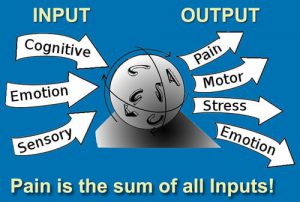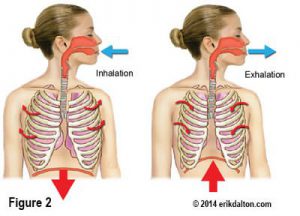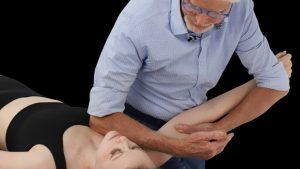According to Herman Pontzer, Ph.D (Journal of Experimental Biology), fossil records show that 2 million yrs. ago, human leg length suddenly began to increase…presumably to conserve energy during long distance travel. Pontzer’s model predicts the rate of energy use related to limb length, i.e., longer legs = less force production = lower energy cost.
To test his theory, Pontzer placed people, dogs and goats on a treadmill and measured the amount of oxygen each used during running & walking at various speeds. “All things being equal, leg length is one of the major determinants of energy cost,” says Pontzer, “If two animals are identical except for leg length, the animal with longer legs is more efficient.”
Although his findings seem reasonable, my question is: “In humans, are legs really the propelling force or do we possess a more complex “whole-body” antigravty “spring system” that determines gait efficiency. See http://erikdalton.com/articleDontGetMarried_Part2.htm or some of Tom Myer’s articles at AnatomyTrains.com.
On sale this week only!
Save 25% off the Posture Pain Performance course!

NEW! USB version with enhanced video
Discover the foundational principles behind MAT technique as we take you on an in-depth look at the connection between pain, posture and function. Save 25% off the Posture Pain Performance course this week only. Offer expires Monday April 22nd. Click the button below for more information and to purchase the course. Upon completion receive 20CE hours and a certificate of completion to display in your office.
Bonus: Order the Home Study version and receive the e-Course for FREE!




